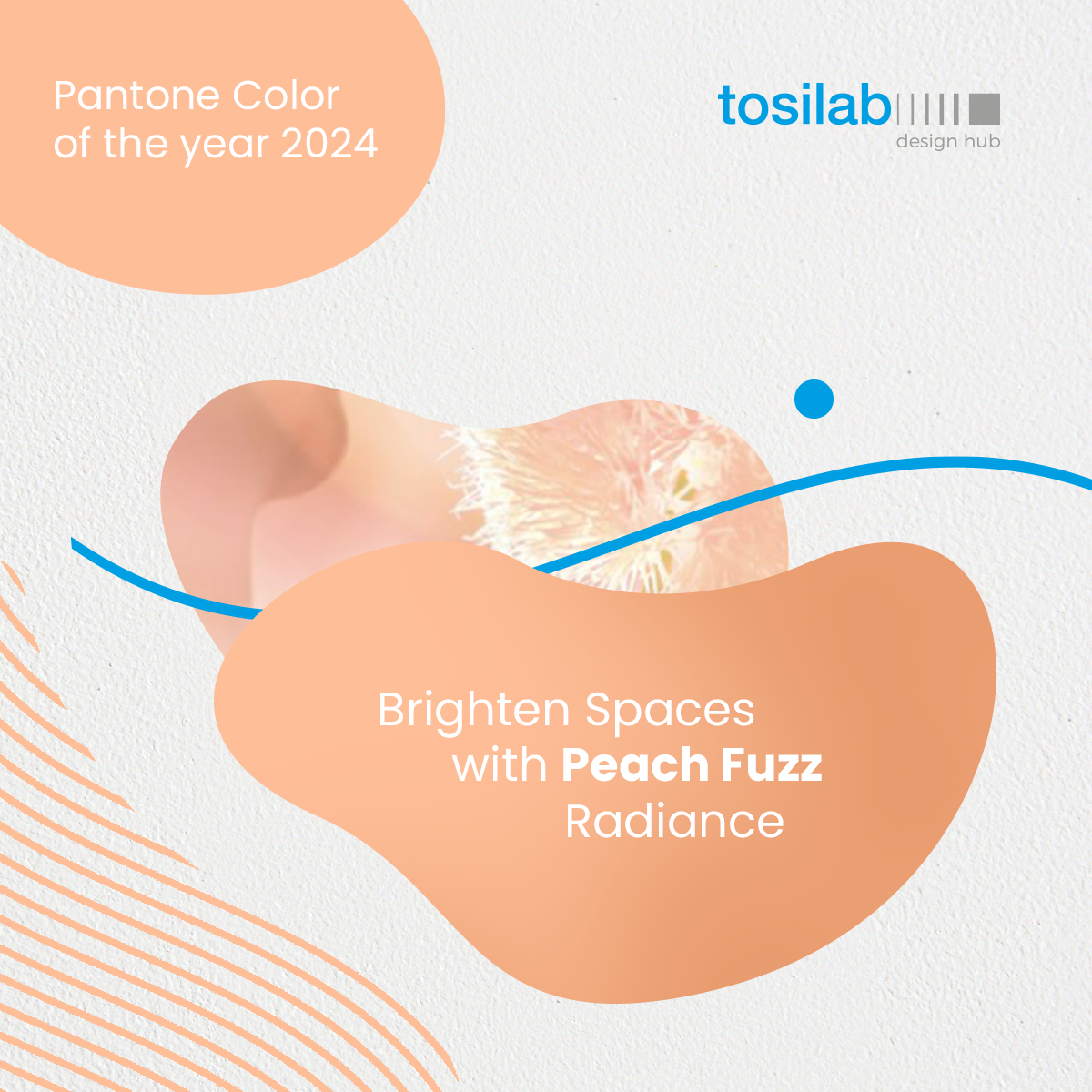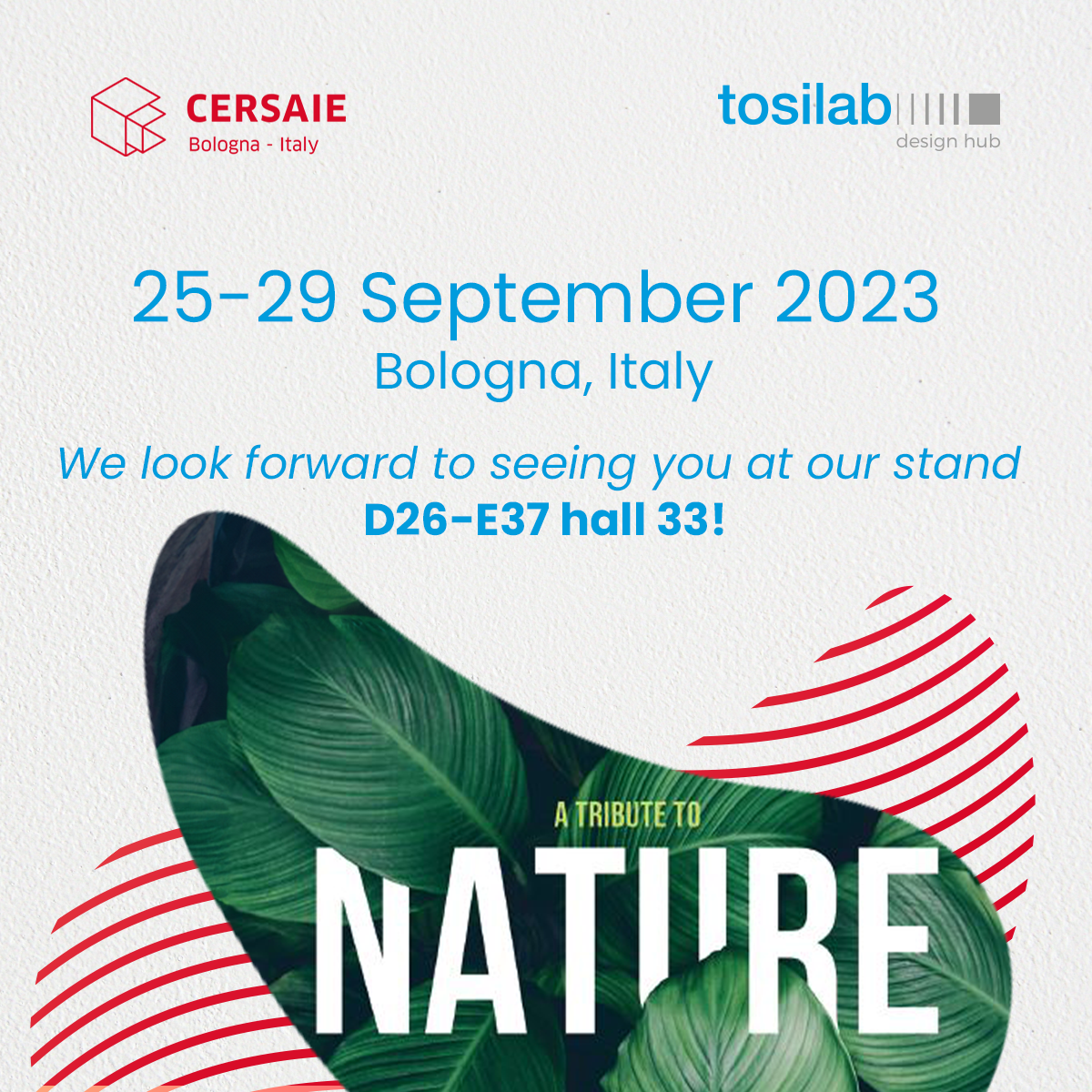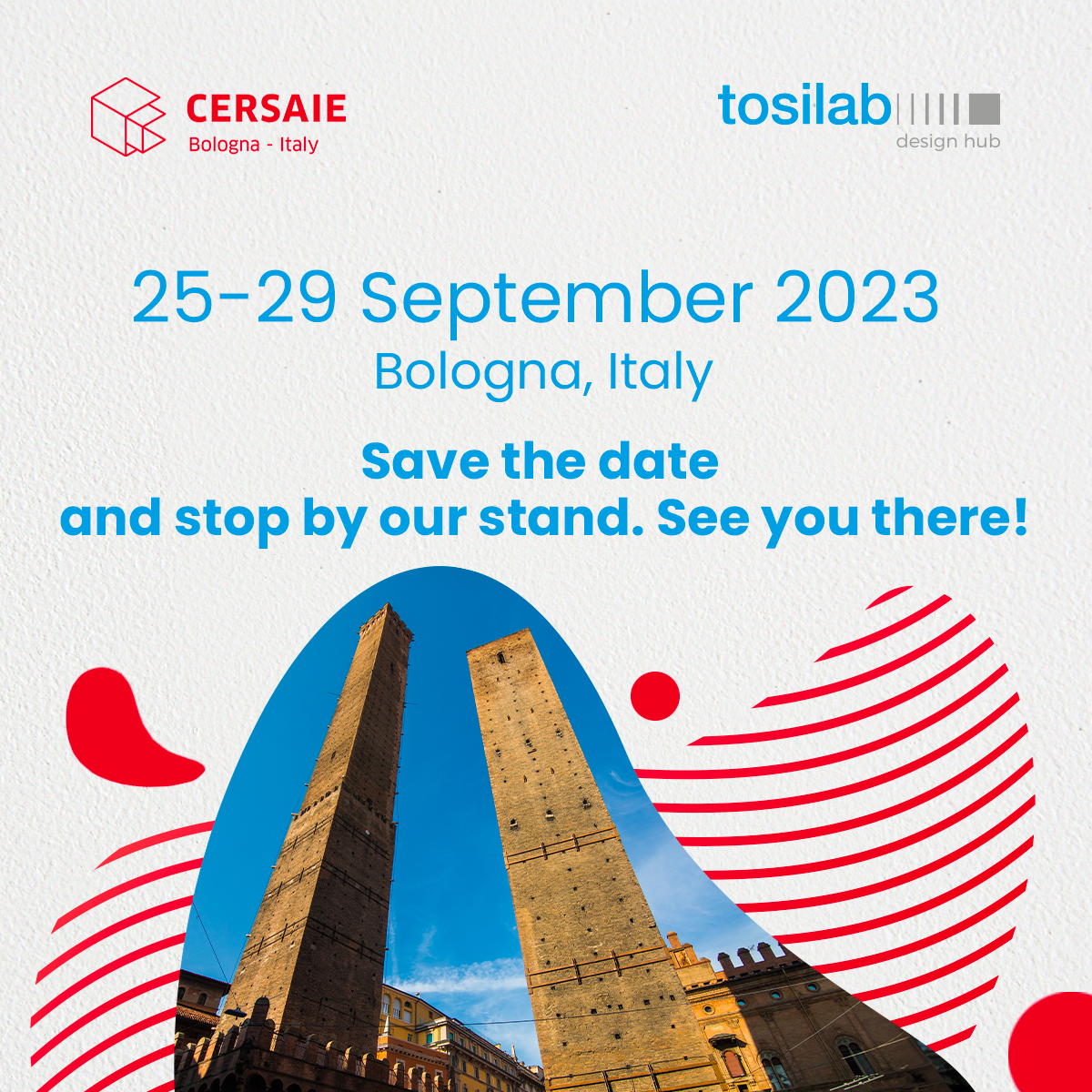A 3D printed houses project in Italy: Tecla
New ways of thinking about the house, of designing and building it. Technology provides new and innovative methodologies in the field of architecture on a daily basis and one of these, 3D printing, is catching on widely. We talked about it some time ago in an article that told of a project by a Dutch university that had developed the first habitable village entirely 3D printed and that you find below.
Le prime case stampate in 3D sorgeranno a Eindhoven: ecco il progetto
In this important area of innovation, in Italy, exactly in Massa Lombarda in the Ravenna area, TECLA was born, a project resulting from the collaboration between WASP – an Italian company that deals with engineering and construction through 3D printing – and Mario Cucinella Architects – the studio led by the homonymous Italian architect.
Born from a vision, that of giving everyone the possibility of having a home, in a historical period of exponential increase in the population and consequent lack of homes, TECLA represents a new circular model of housing entirely created with reusable and recyclable materials, collected from the local terrain and built through WASP’s latest 3D technology for eco-sustainable construction.
Designed by Mario Cucinella Architects and engineered and built by WASP, TECLA will be a habitat entirely 3D printed using only the raw earth available on the construction site – a biodegradable and recyclable material at zero kilometer that will effectively make the construction free of any form of waste.
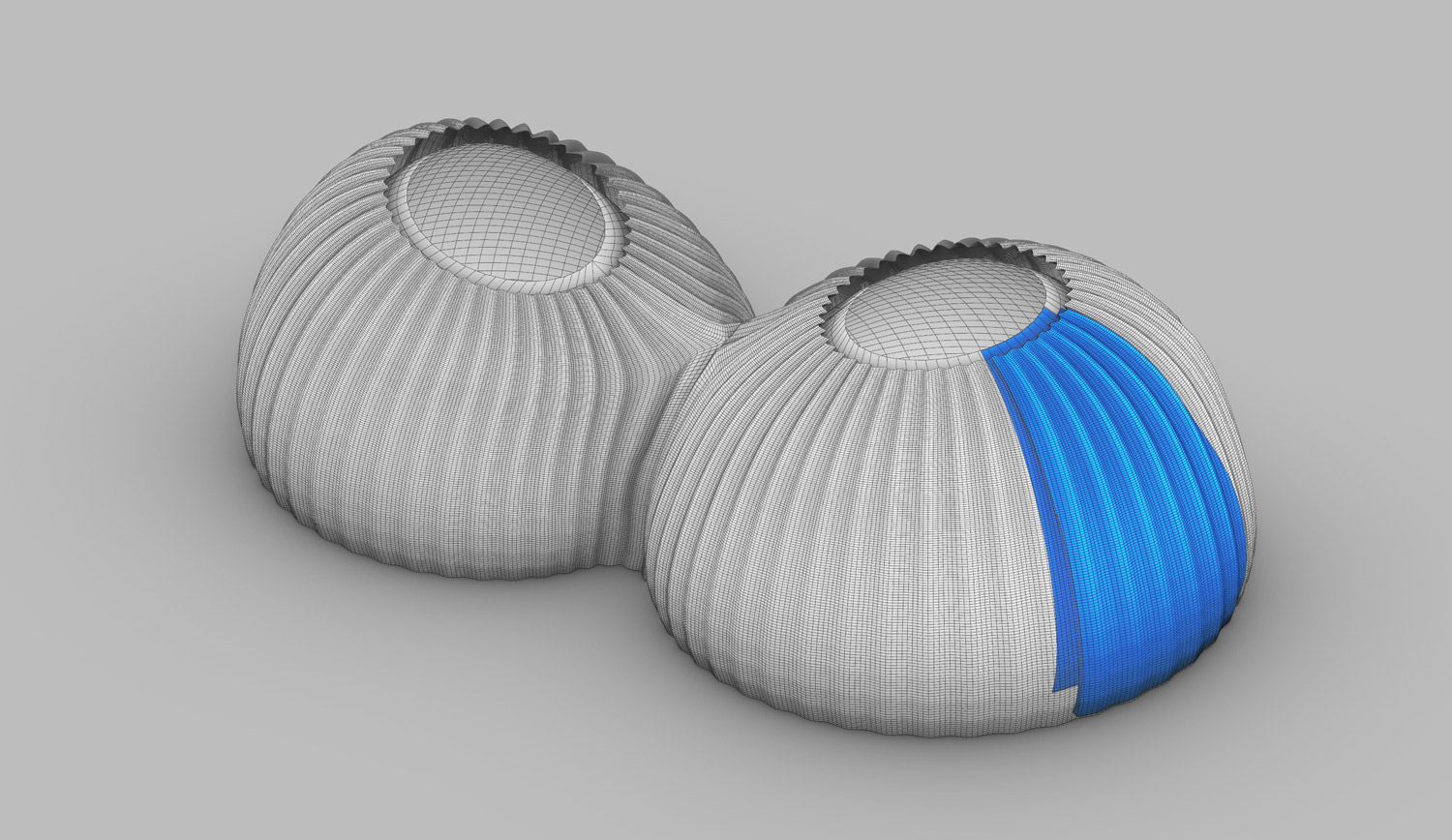
Designed to adapt to multiple environmental conditions, the entire process can be carried out and self-produced thanks to the technological support supplied with the Maker Economy Starter Kit from WASP. This approach will limit the production of industrial waste and provide a sustainable model capable of giving a significant boost to national and local economies, improving the well-being of the communities involved. The scenario envisaged will help speed up the construction process thanks to the fundamental aid of 3D technology in producing the entire structure in a single solution.
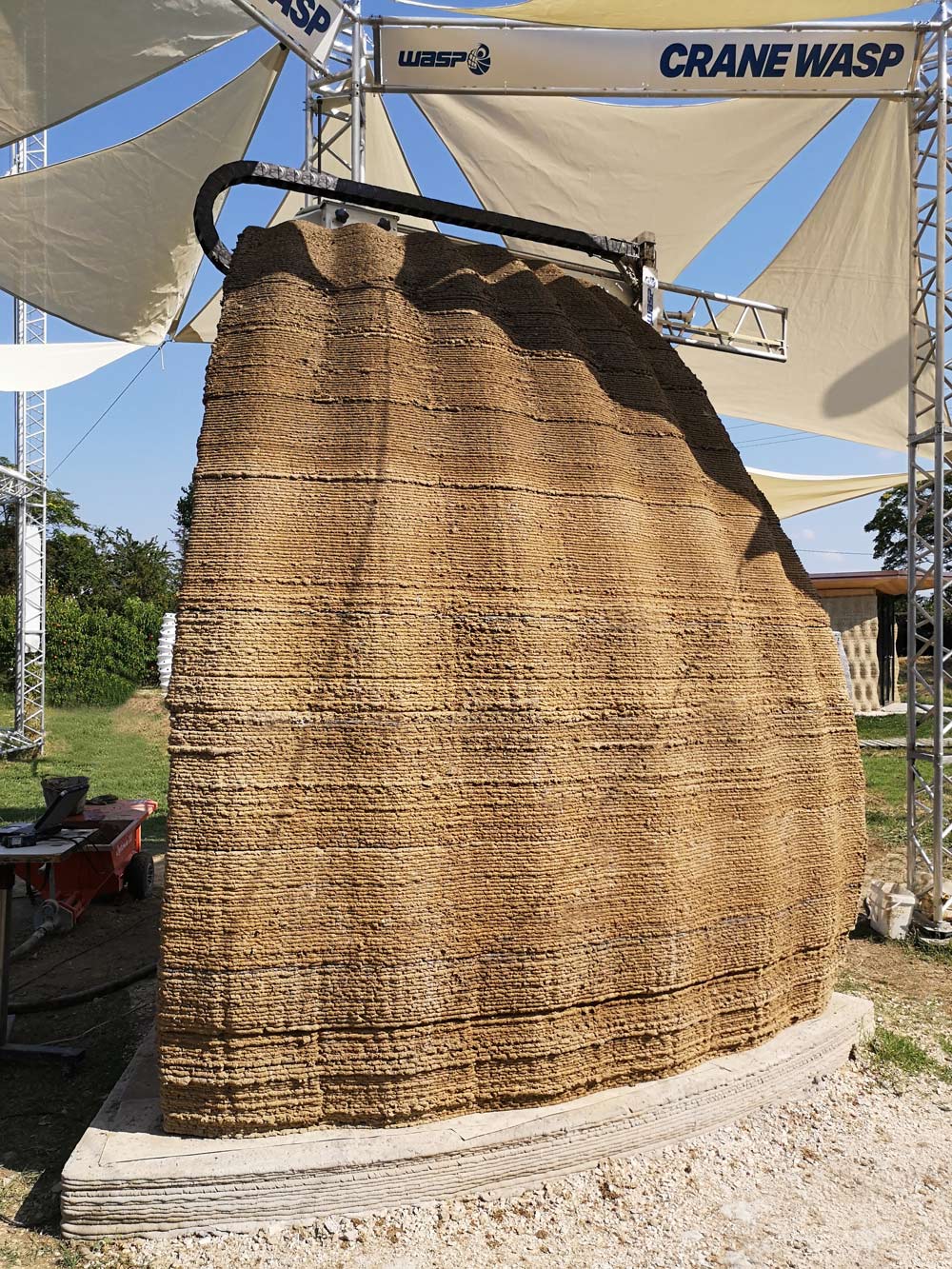
Massimo Moretti, CEO of WASP, explains the project in this way:
WASP takes inspiration from the potter wasp. We create 3D printed houses using Km0 earth in a sustainability perspective. The oldest material and the most advanced technology come together to give new hope to the world. GAIA was born the first 3D printed clay house one year ago. Today with our partners we are building TECLA an entire 3D printed eco-sustainable habitat. The planet calls us to a common project that we shared with Mario Cucinella.
While Mario Cucinella provides a more functional view of the project:
Together with WASP we want to develop an innovative 3D printed habitat prototype that responds to the increasingly urgent climate revolution and the needs of changes dictated by the needs of communities. – declares Mario Cucinella – We need a paradigm shift in the field of architecture that comes closest to the needs of people and that, in the “earth” finds an answer for the “Earth”. A collaboration that becomes the union between empathic architecture and the application of new technologies.
An idea, TECLA, which combines technology, functionality and social utility and which, in the future, stands as a starting point for dealing with overcrowded emergencies in cities. The UN estimates that the world population will reach 11.2 billion in just 80 years and that already in about 10 years, 5 billion people will live in cities. Consequently, governments will need to interface with the challenges associated with housing solutions. With more and more rural areas incorporated within cities, it is the very idea of a city that needs to be renewed.
Inspired by the potter wasp, since 2012, WASP (World’s Advanced Saving Project) develops construction processes based on the principles of the circular economy, capable of creating 3D printed homes in the shortest possible time and in the most sustainable way. TECLA is the first habitat built using multiple Crane WASP collaborative printers simultaneously and offers the opportunity for a new architectural scenario. In the context of a larger settlement, TECLA has the potential to become a construction model in the context of completely self-sufficient eco-districts.
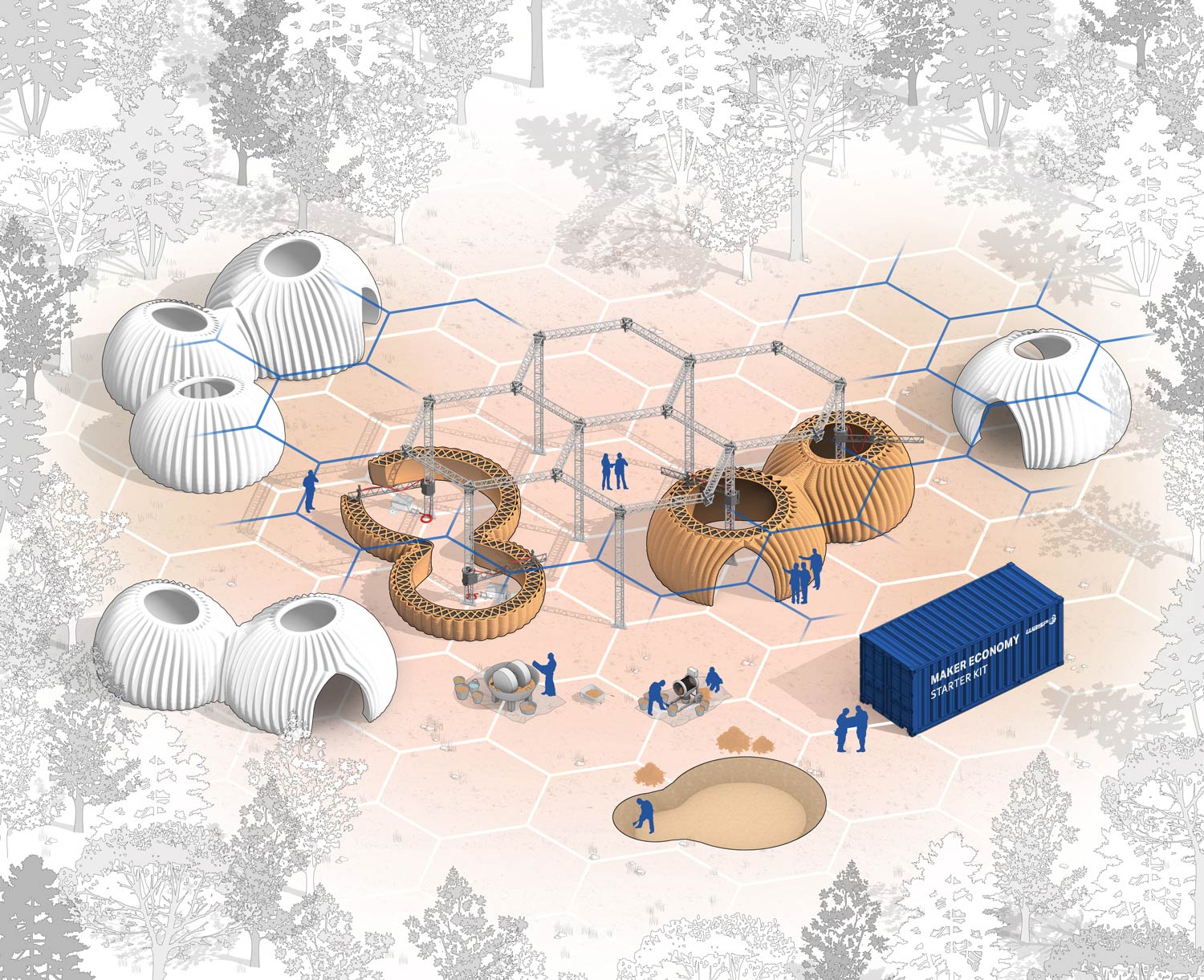
The building was named TECLA a in line with the imaginary city described by Italo Calvino in the novel “The invisible cities” as a continuous urban evolution. It fully represents the attempt of both companies to combine technological innovation with respect for the environment and to understand natural processes. The project entered construction in September 2019 and works are expected to be completed in early 2020. Starting from the first prototype built in Massa Lombarda, the intention is to extend to smart communities around the world.
TECLA was developed using the research undertaken by the School of Sustainability – a professional course founded by Mario Cucinella that combines education, research and practice. The research was conducted with the support of students from the Sustainable Environmental Design program of the Architectural Association School of Architecture in London. Find all the information on the official School of Sustainability website and on the Mario Cucinella Architects website.
TECLA è un progetto di: WASP: Ingegnerizzazione e costruzione attraverso stampa 3De Mario Cucinella Architects: Progetto architettonico e project management.
Fonte: TECLA Press Release - WASP (Ottobre 2019)
- 0 Comment
